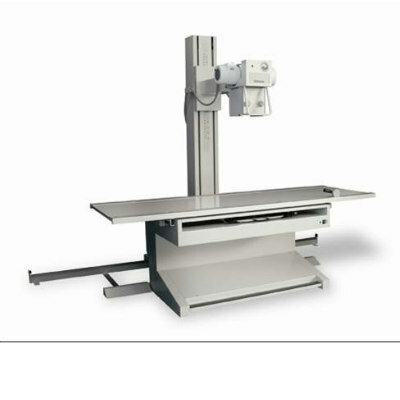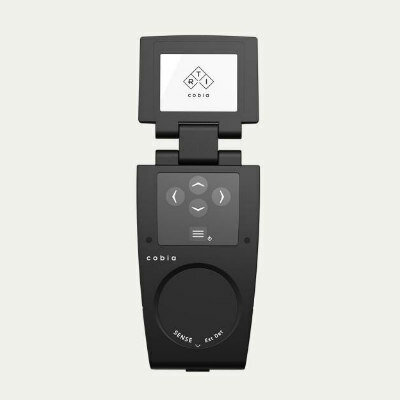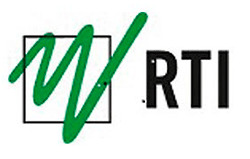Patient Radiation Exposure Levels During Procedures Are Frequently Neglected
By MedImaging International staff writers
Posted on 04 Sep 2009
A new study in developing countries reports that staff protection from radiation during interventional procedures such is generally good, but that patient radiation-dose optimization is neglected.Posted on 04 Sep 2009
Researchers from the International Atomic Energy Association (IAEA; Vienna, Austria) collected prospective data from 55 hospitals in one developed country (Greece) and 19 developing countries (eight in Eastern Europe, five in Africa, and six in Asia) between 2004 to 2007, to determine how safe patients and staff are during interventional procedures involving radiation. The procedures included mainly cardiology interventions--coronary angioplasty, percutaneous transluminal coronary angioplasty (PTCA), radiofrequency catheter ablation, and vulvoplasty--as well as cerebral embolization, transjugular intrahepatic portosystemic shunt, and hepatic embolization.
Tools to protect the staff from radiation exposure were universally available, including lead aprons (in 100% of facilities), protective glasses (73%), and dose monitoring (96%). The researchers found, however, that only 57% of the facilities were able to estimate patient radiation dose with a kerma-area-product (KAP) meter, and none had experience in its use. According to the researchers, this shows that radiation protection for patients needs to be higher on the agenda. The study was published in the August 2009 issue of the American Journal of Roentgenology.
"The situation with respect to staff protection is considered generally acceptable, but this is not the case for patient protection. Many patients exceeded the dose threshold for erythema,” said lead author Madan Rehani, M.D. "A substantial number (62%) of percutaneous transluminal coronary angioplasty procedures performed in developing countries in this study are above the currently known dose reference level and thus could be optimized.”
Among the recommendations of the report are that newly purchased angiography machines should have the ability to monitor radiation doses, and radiation protection must be an integral component of cardiology resident training programs. Moreover, since residents adopt the practices of their seniors, the researchers claim, "the trainers must be trained.” Lastly, the researchers recommend that practitioners need to measure and record patient radiation doses whether it is required for the procedure or not, so that they can develop good work practice procedures.
Related Links:
International Atomic Energy Association














